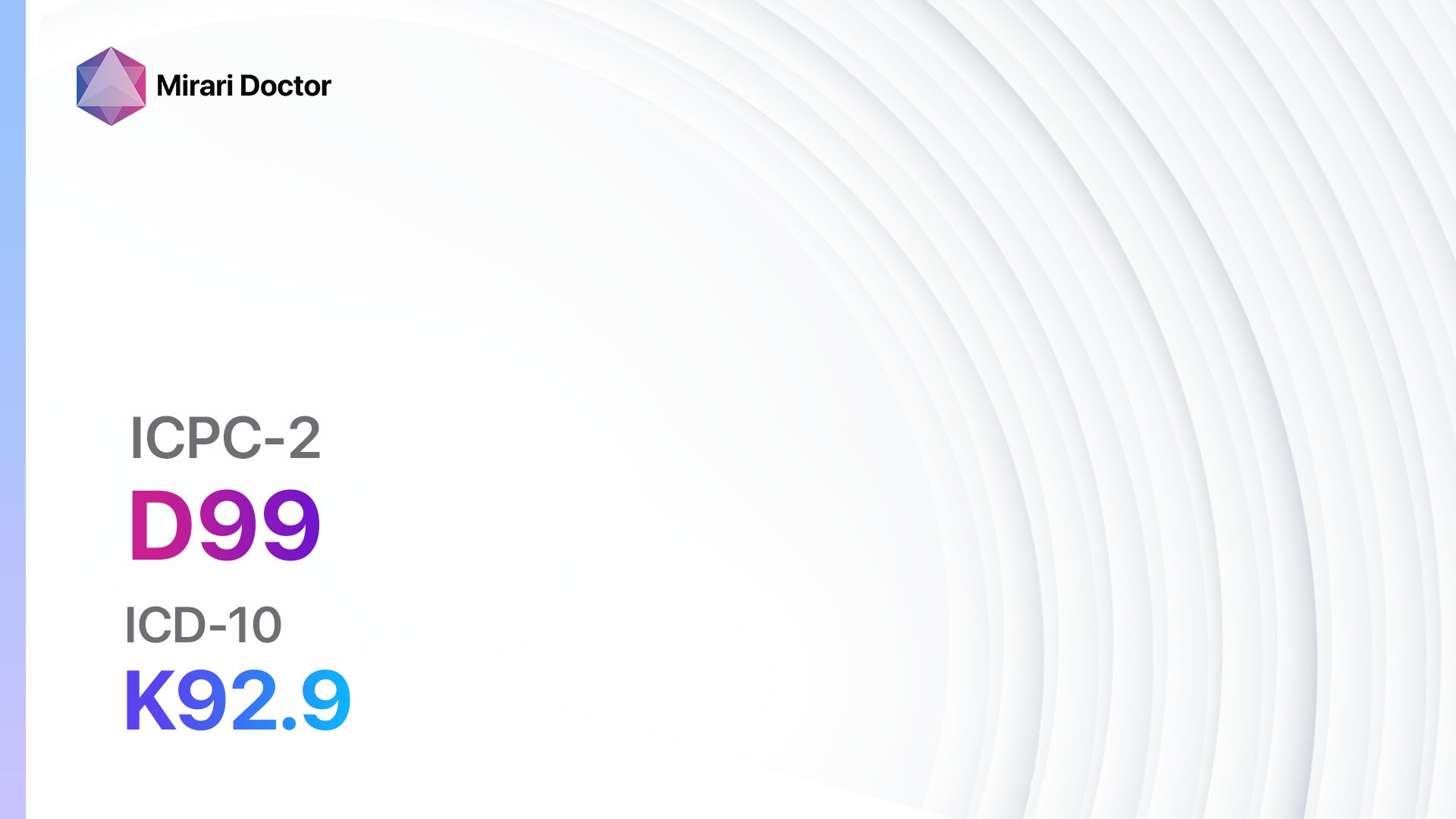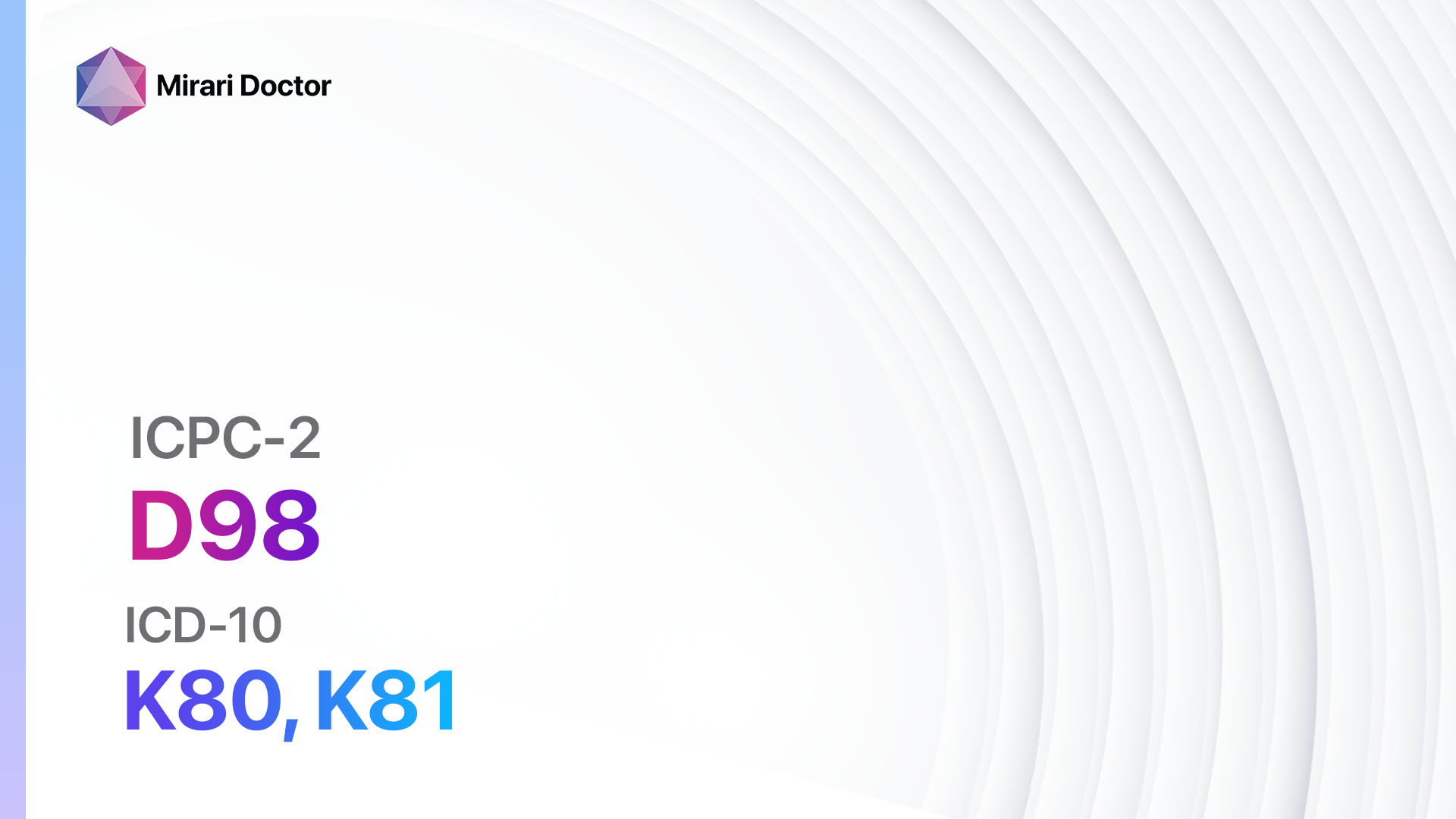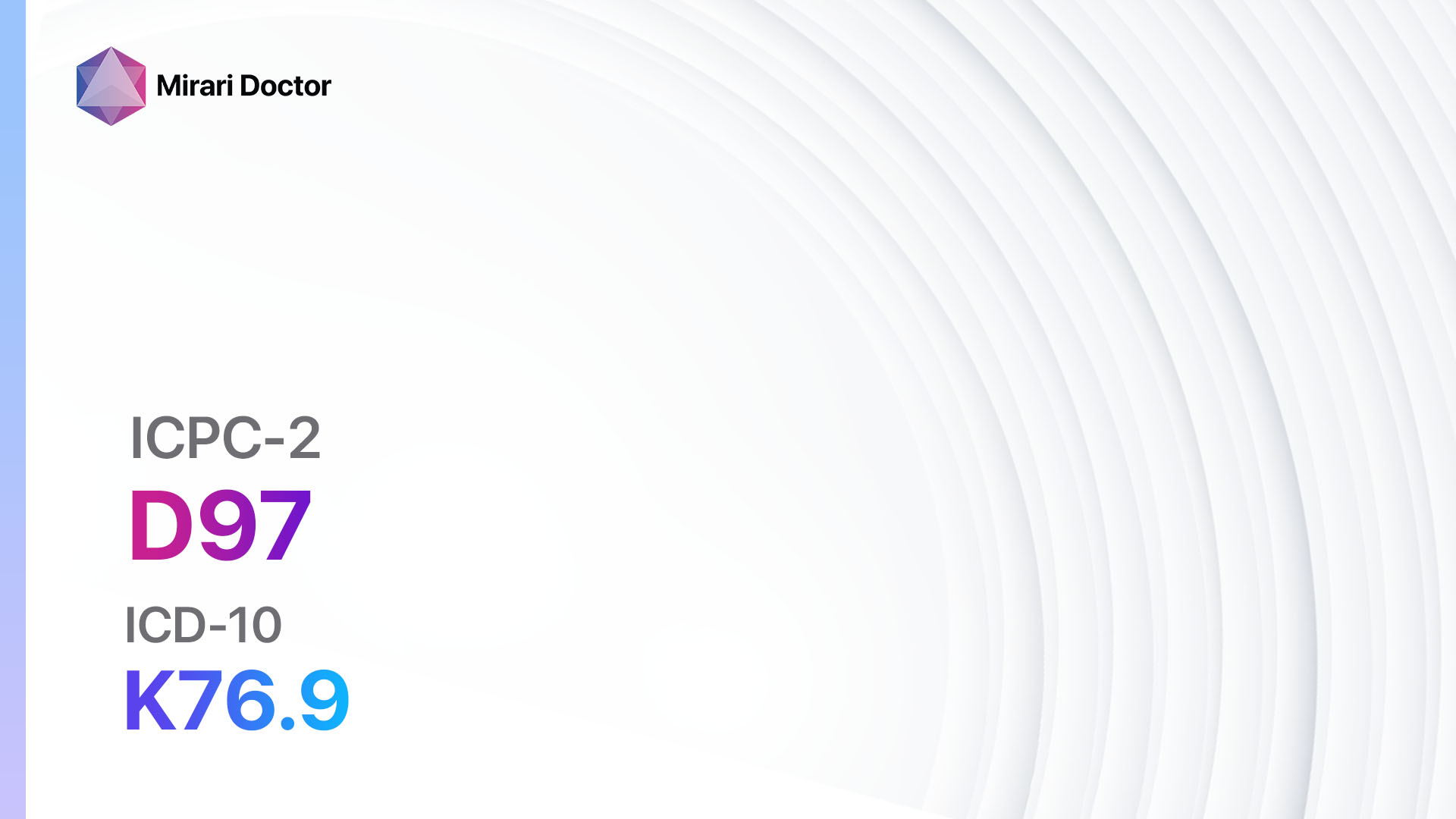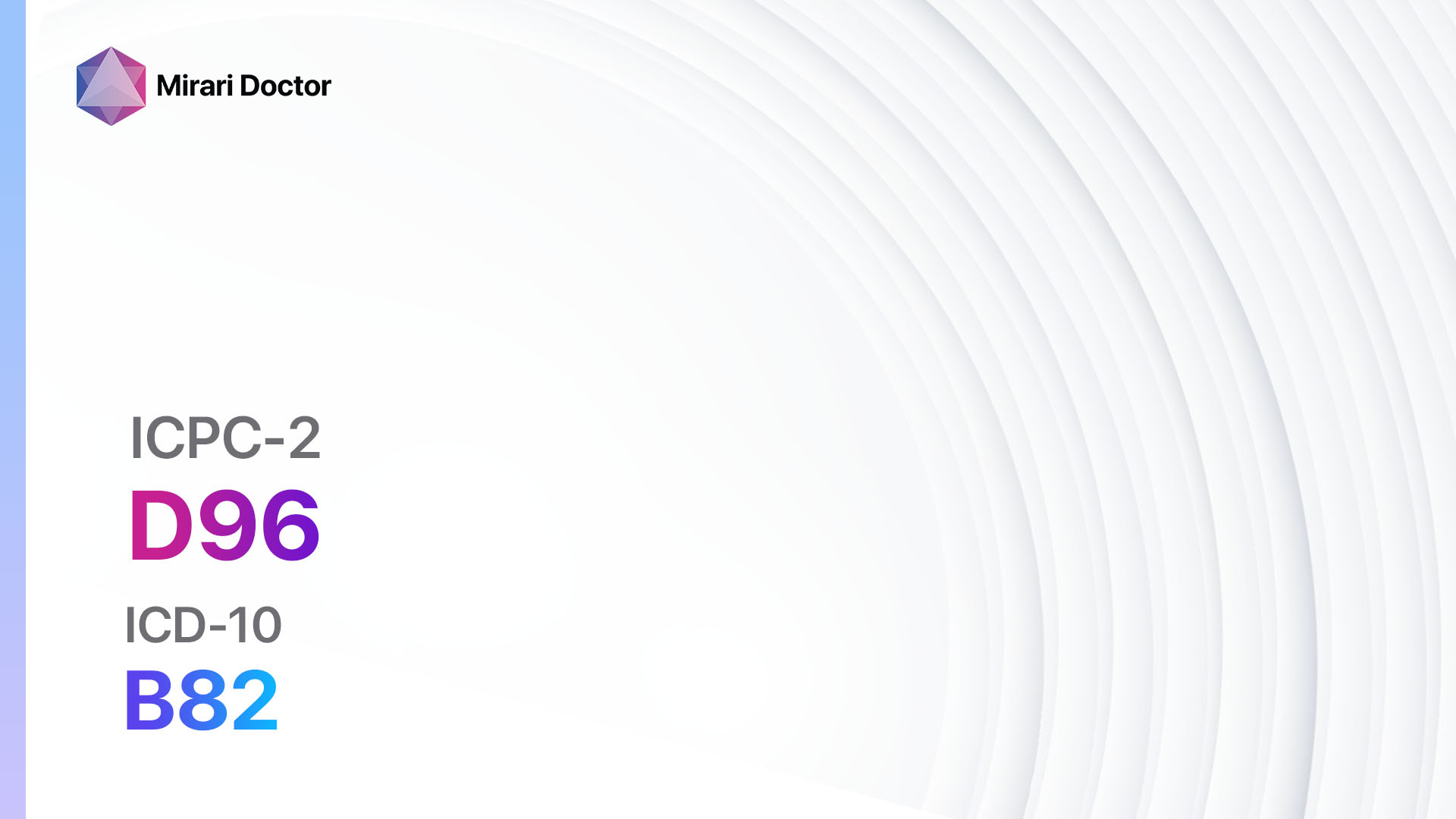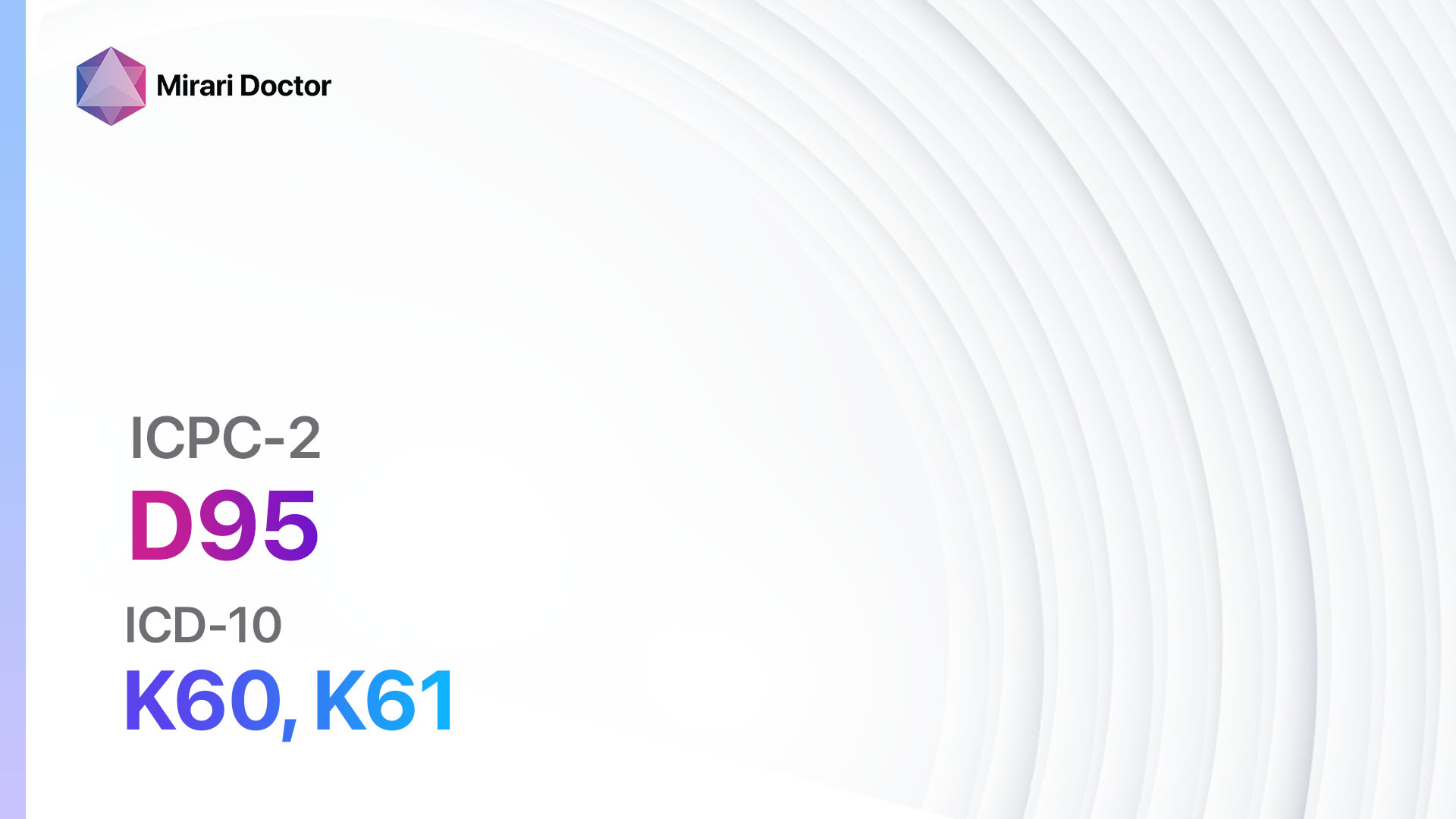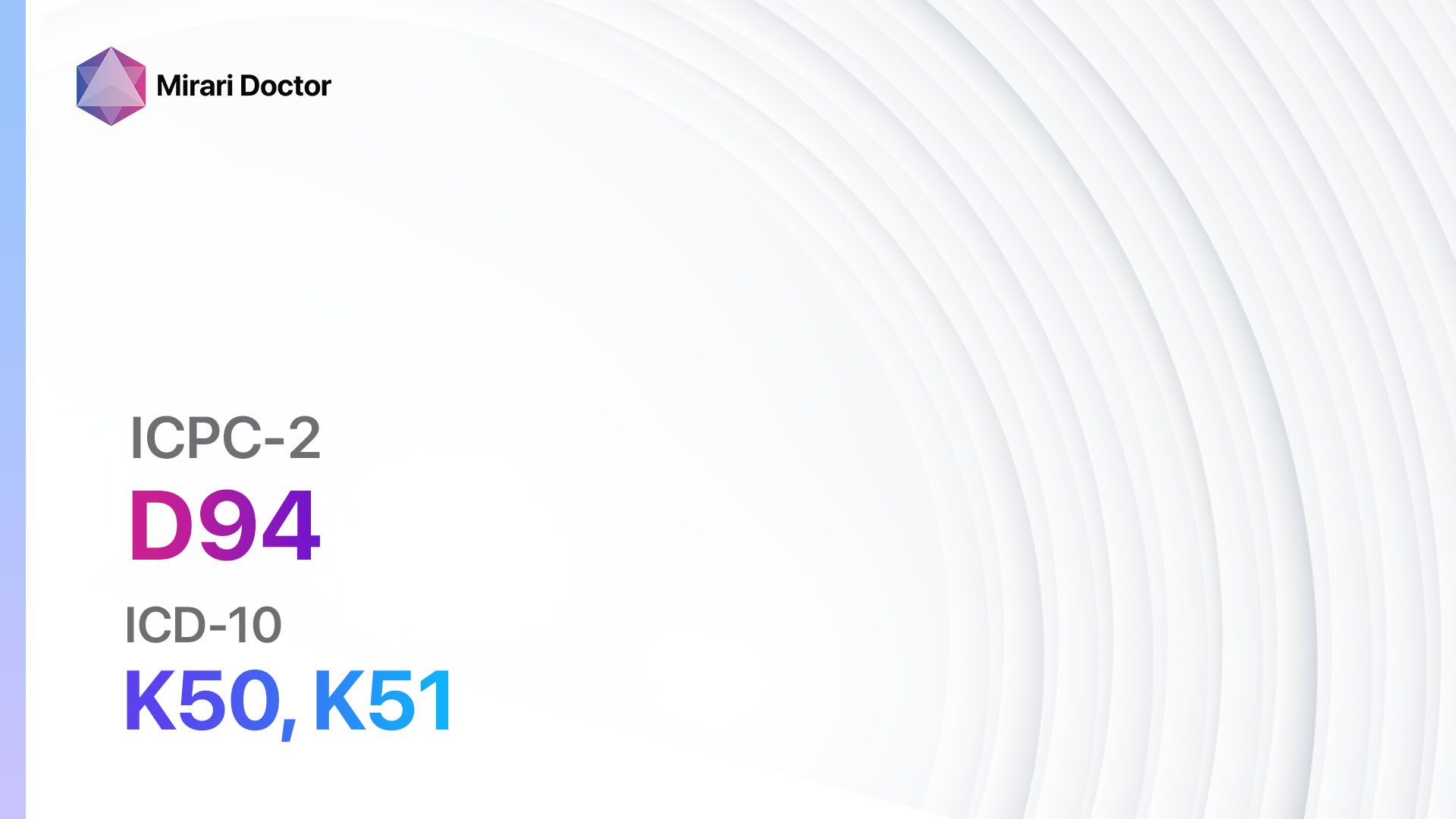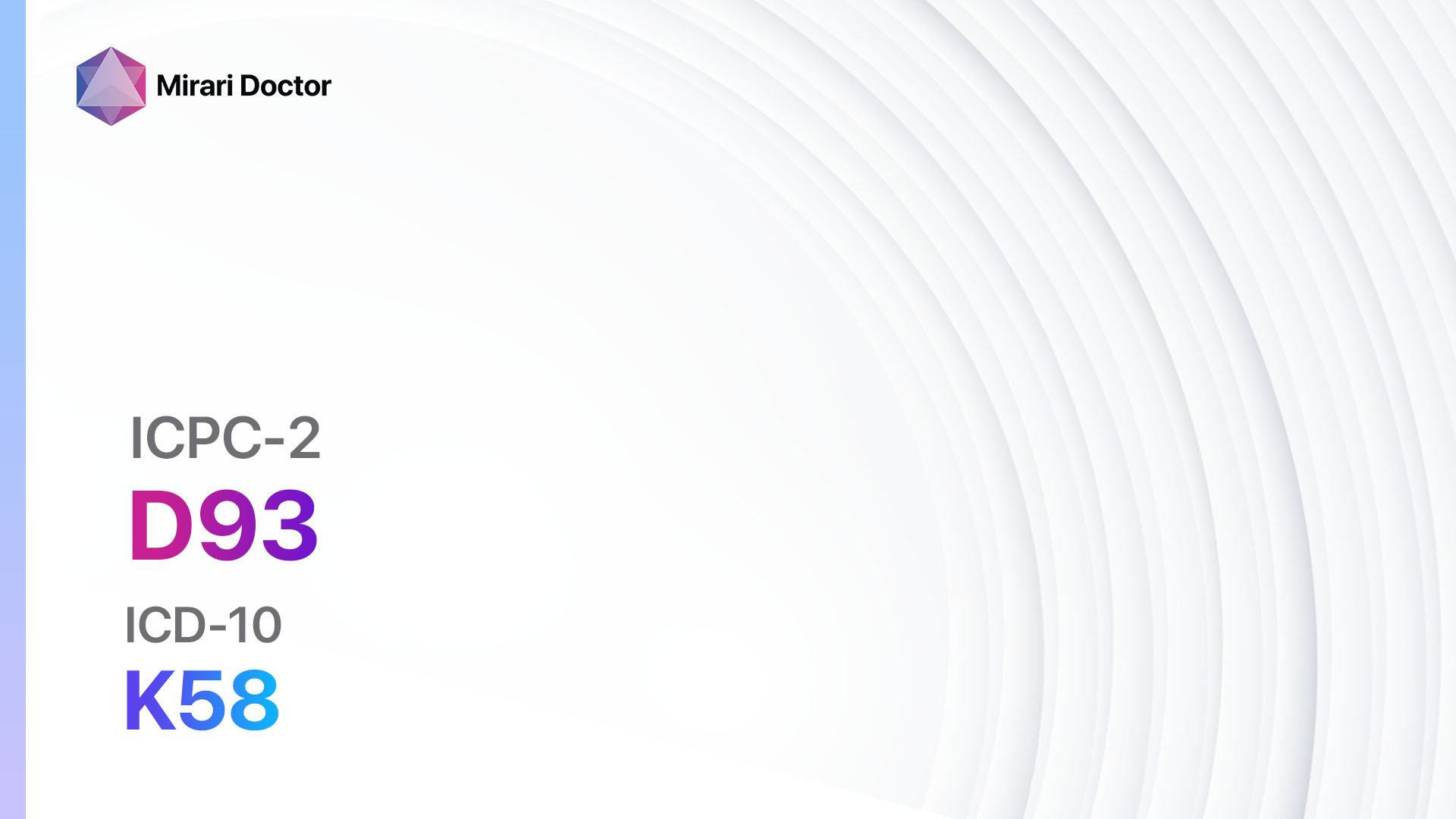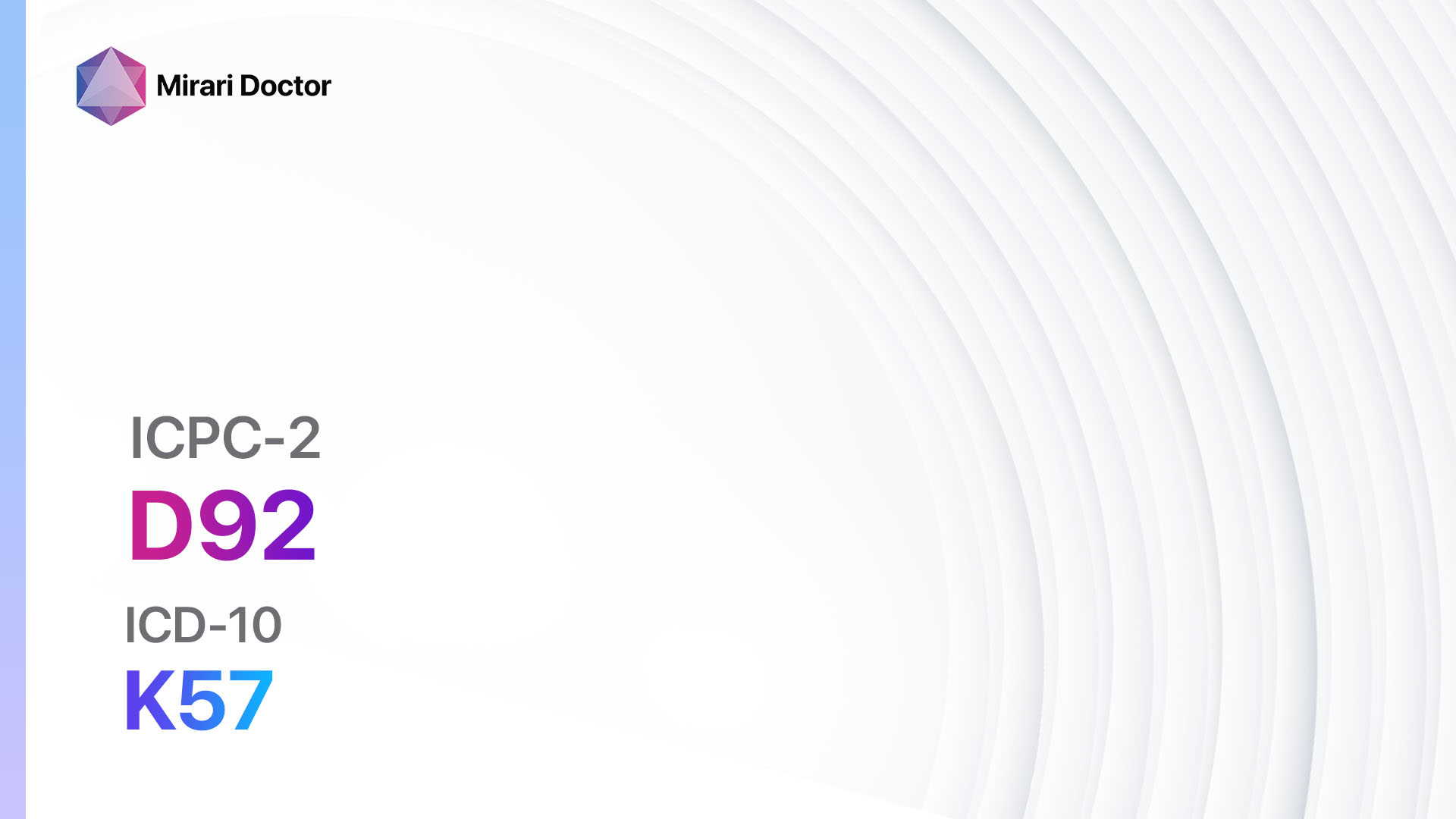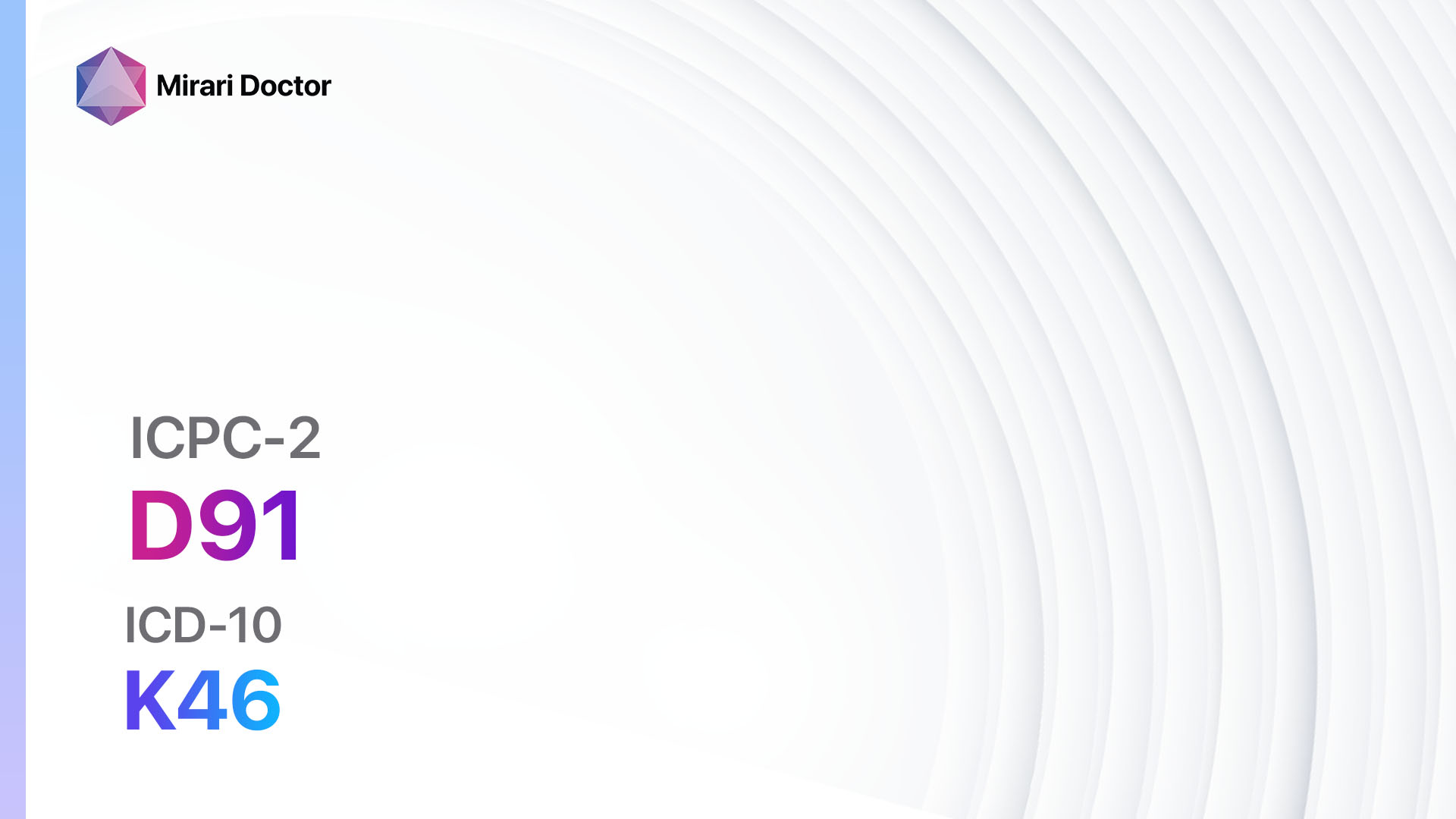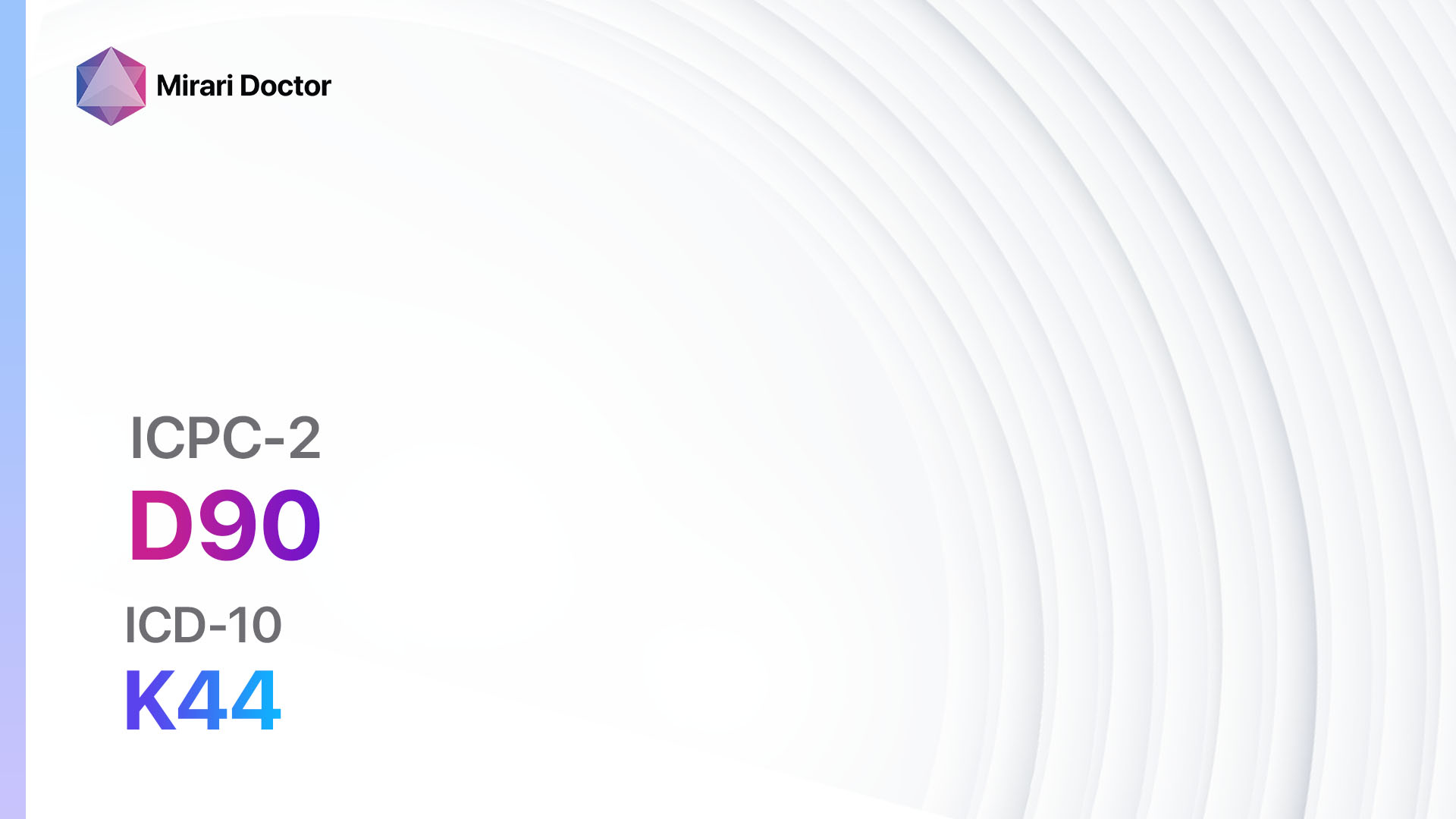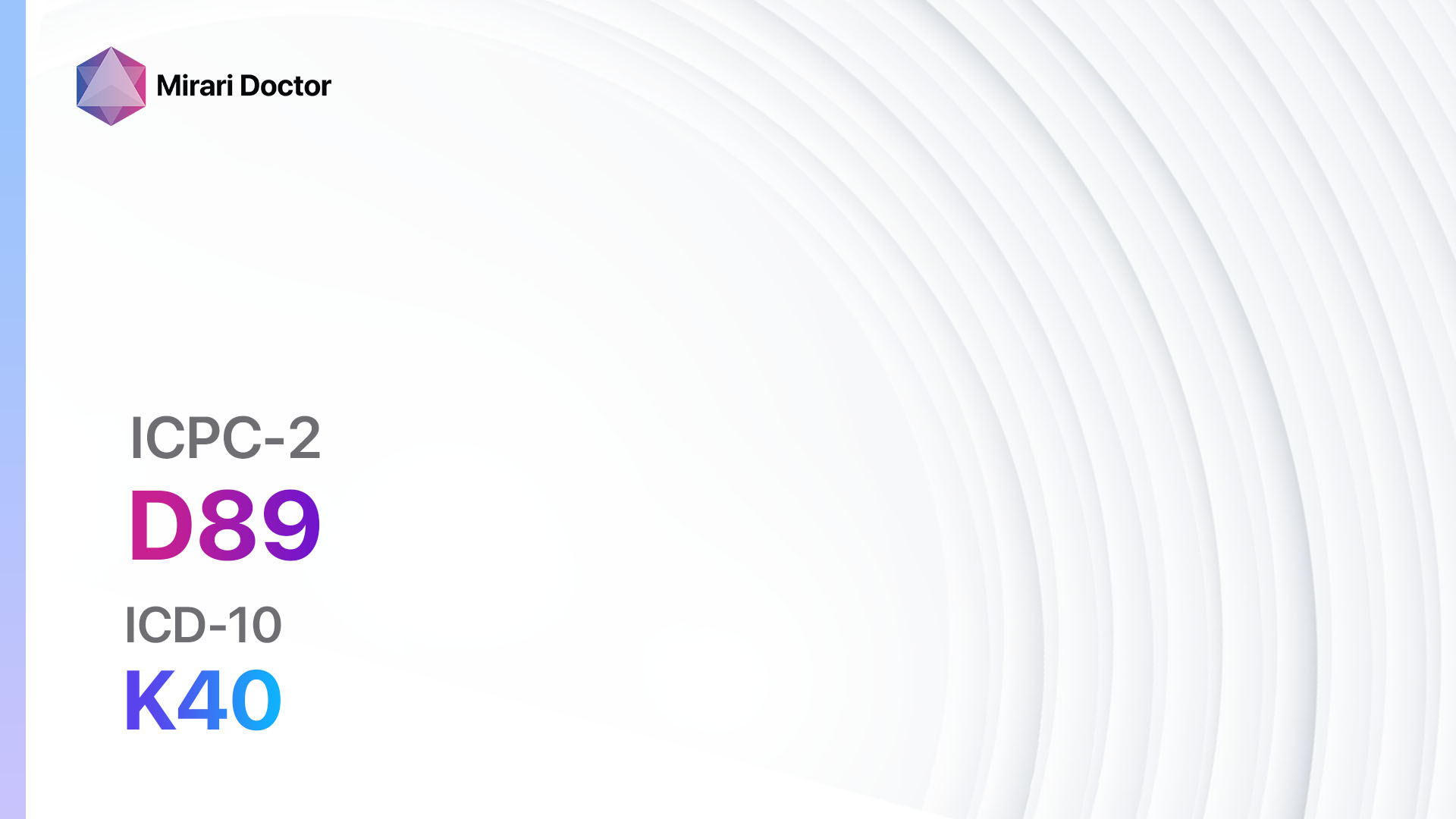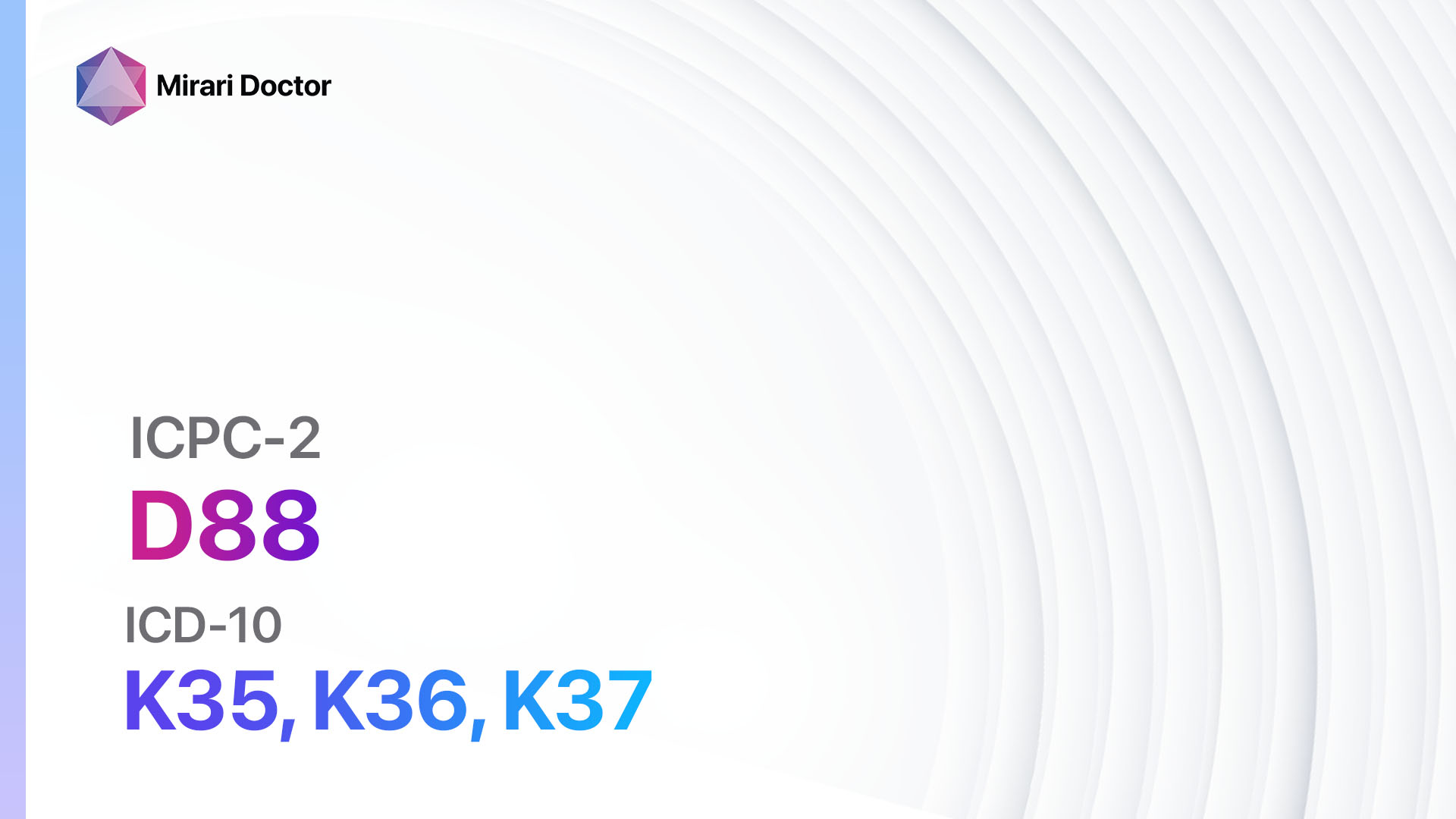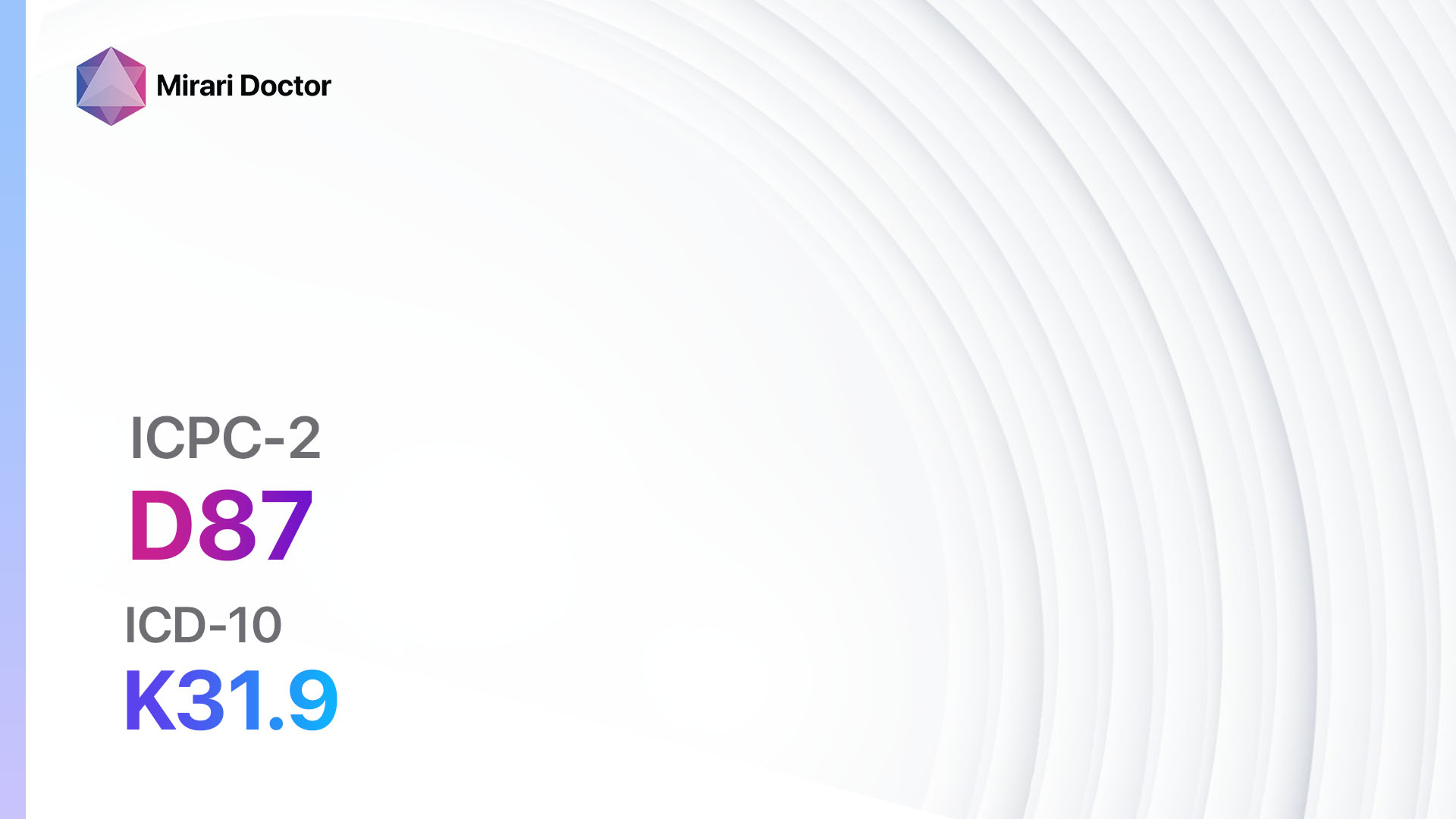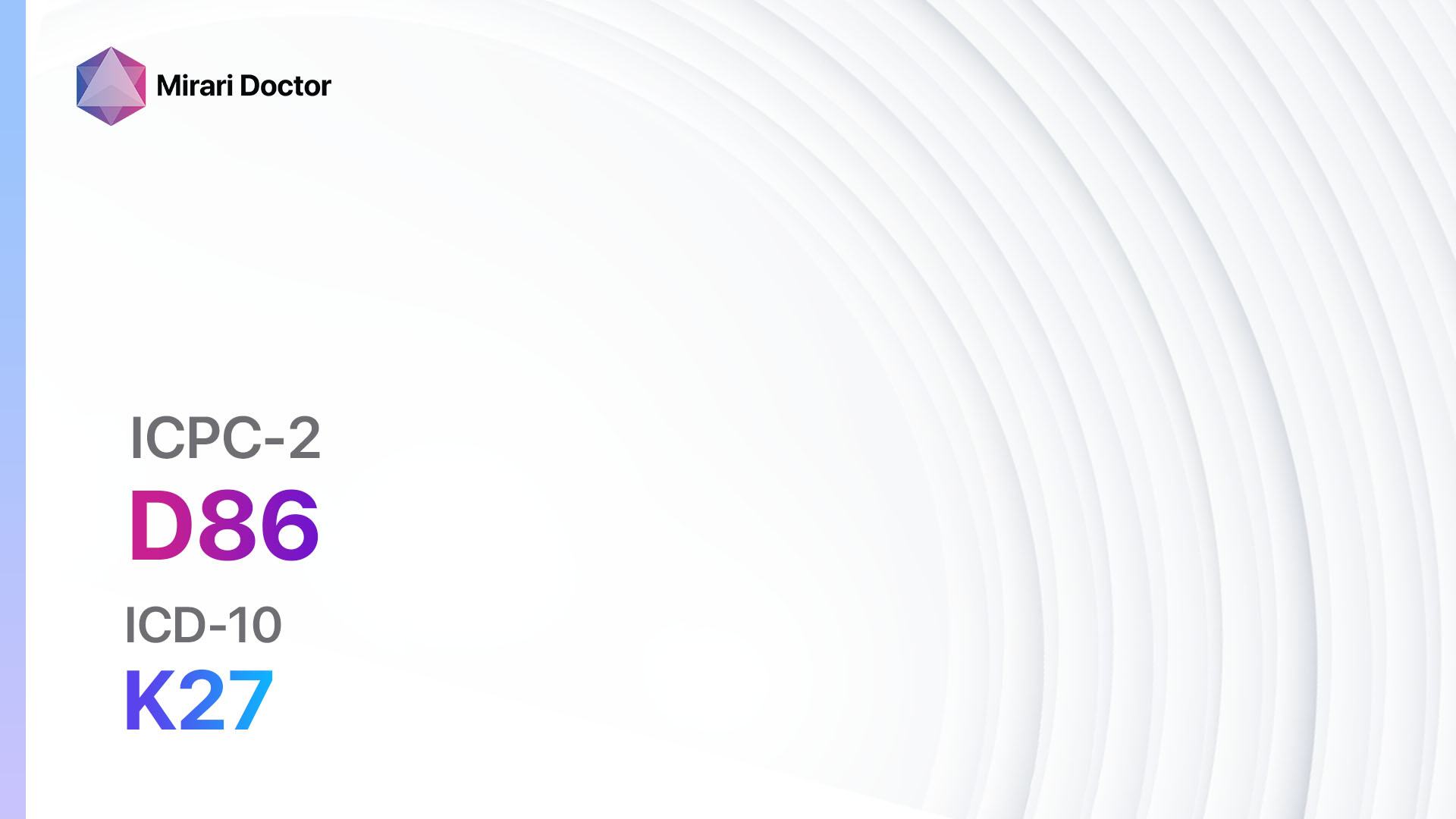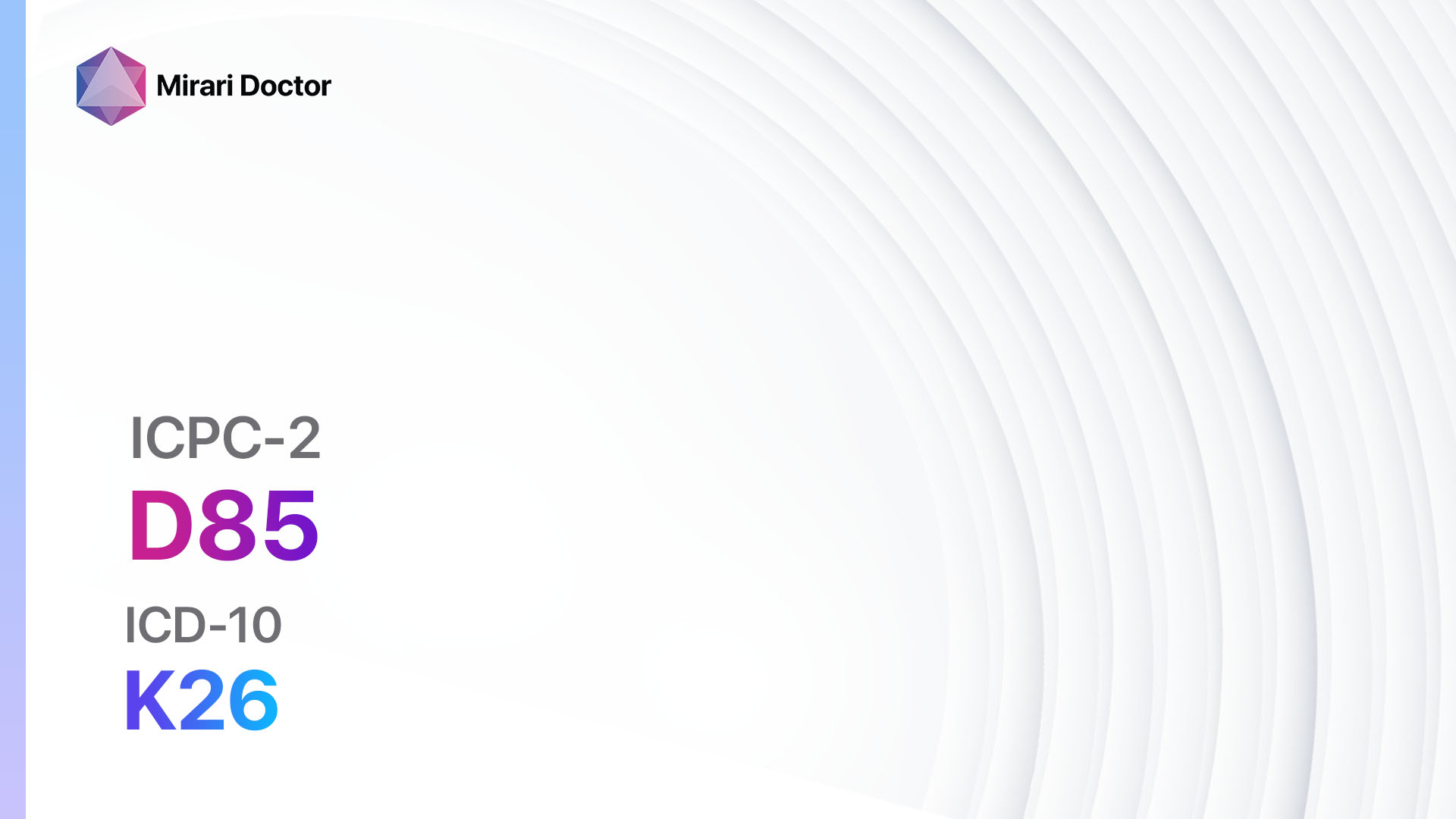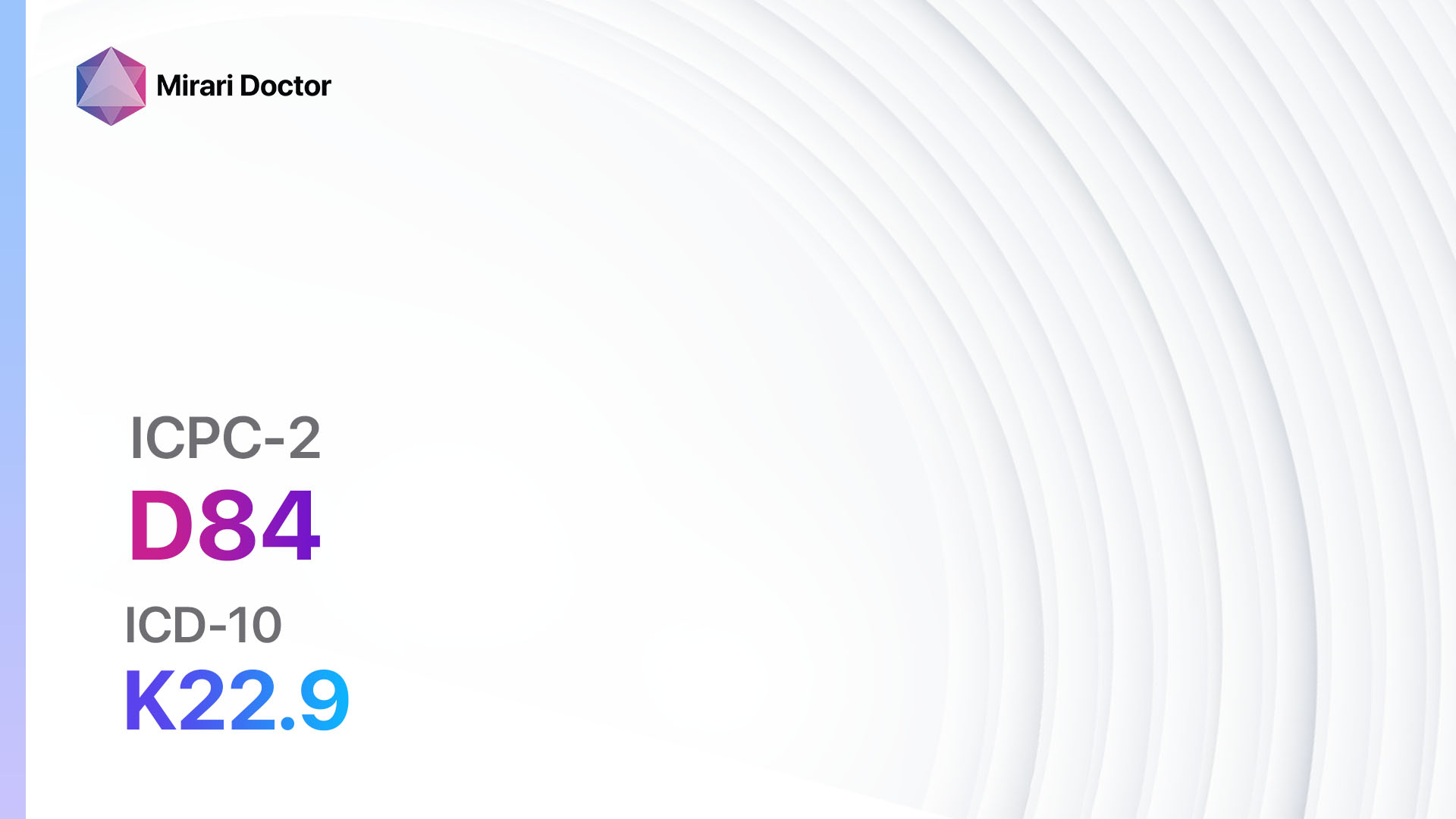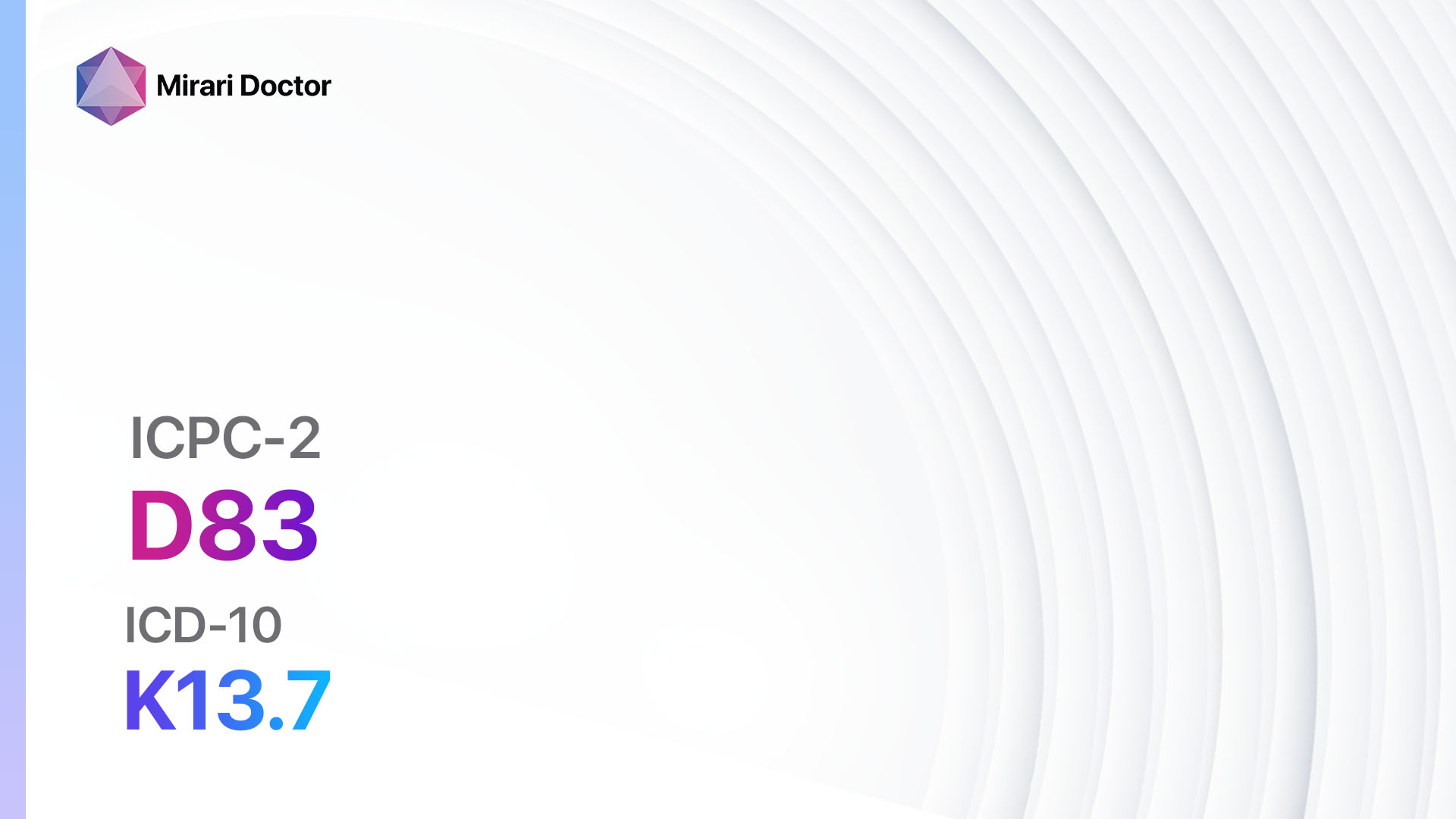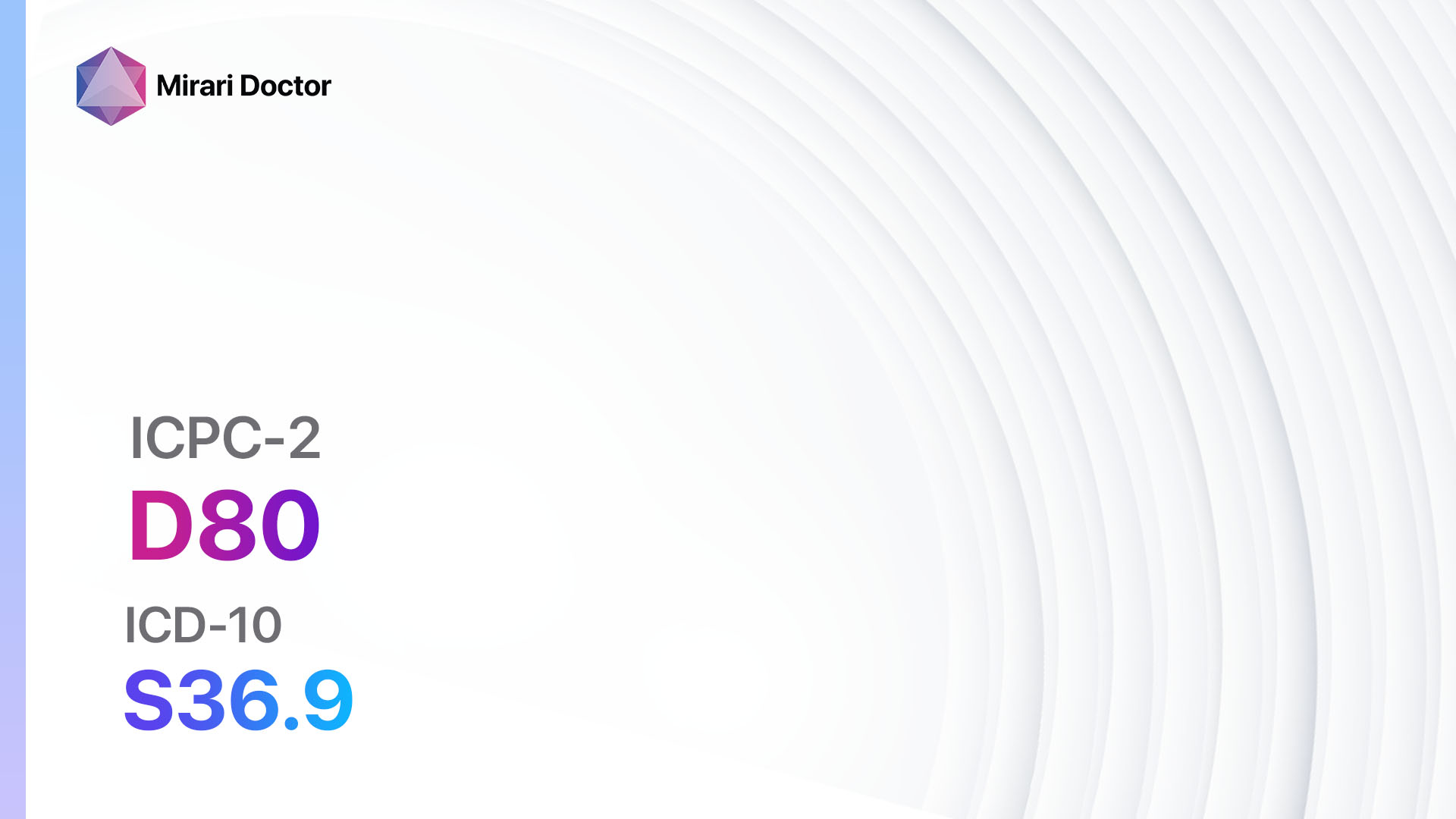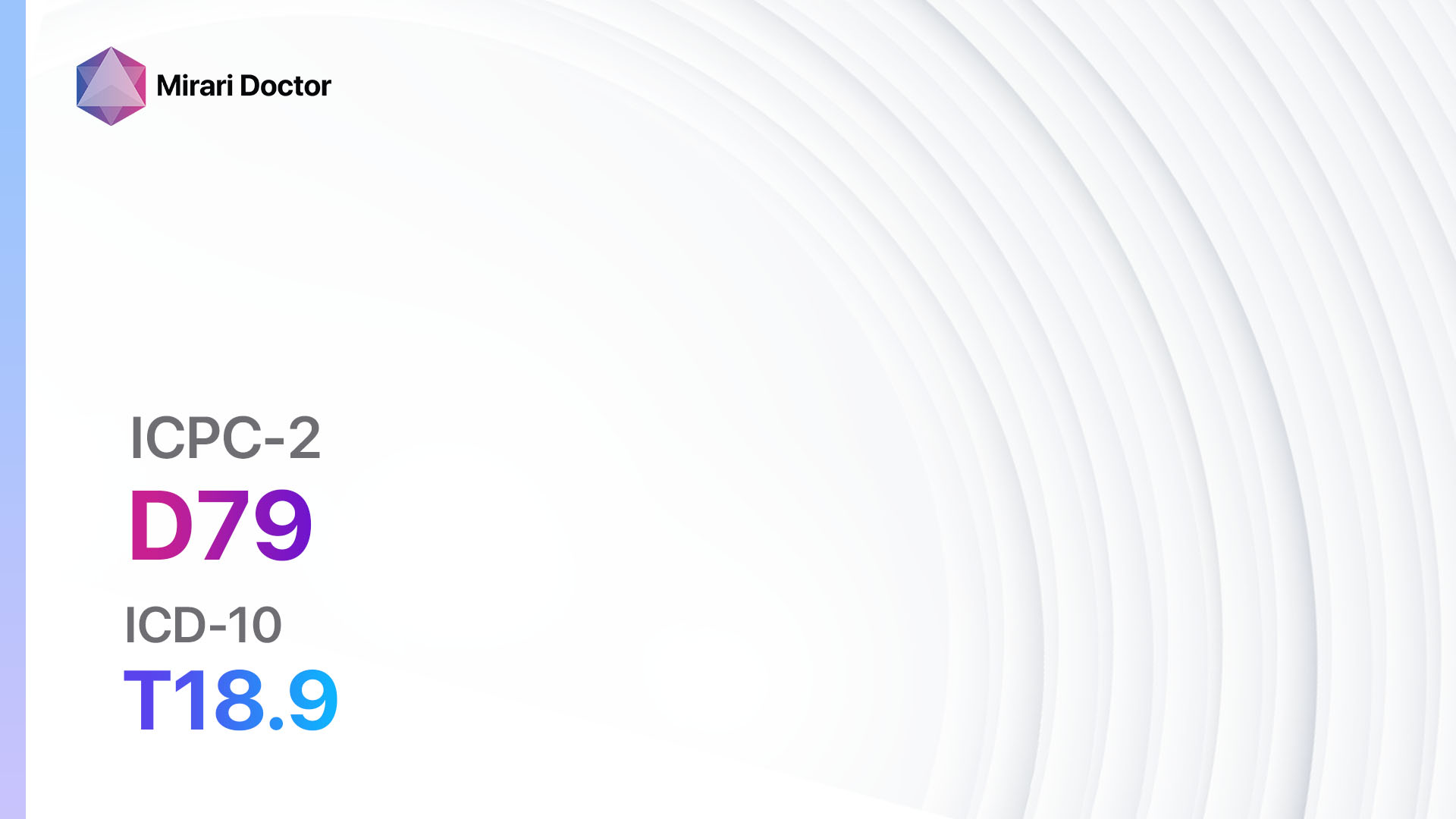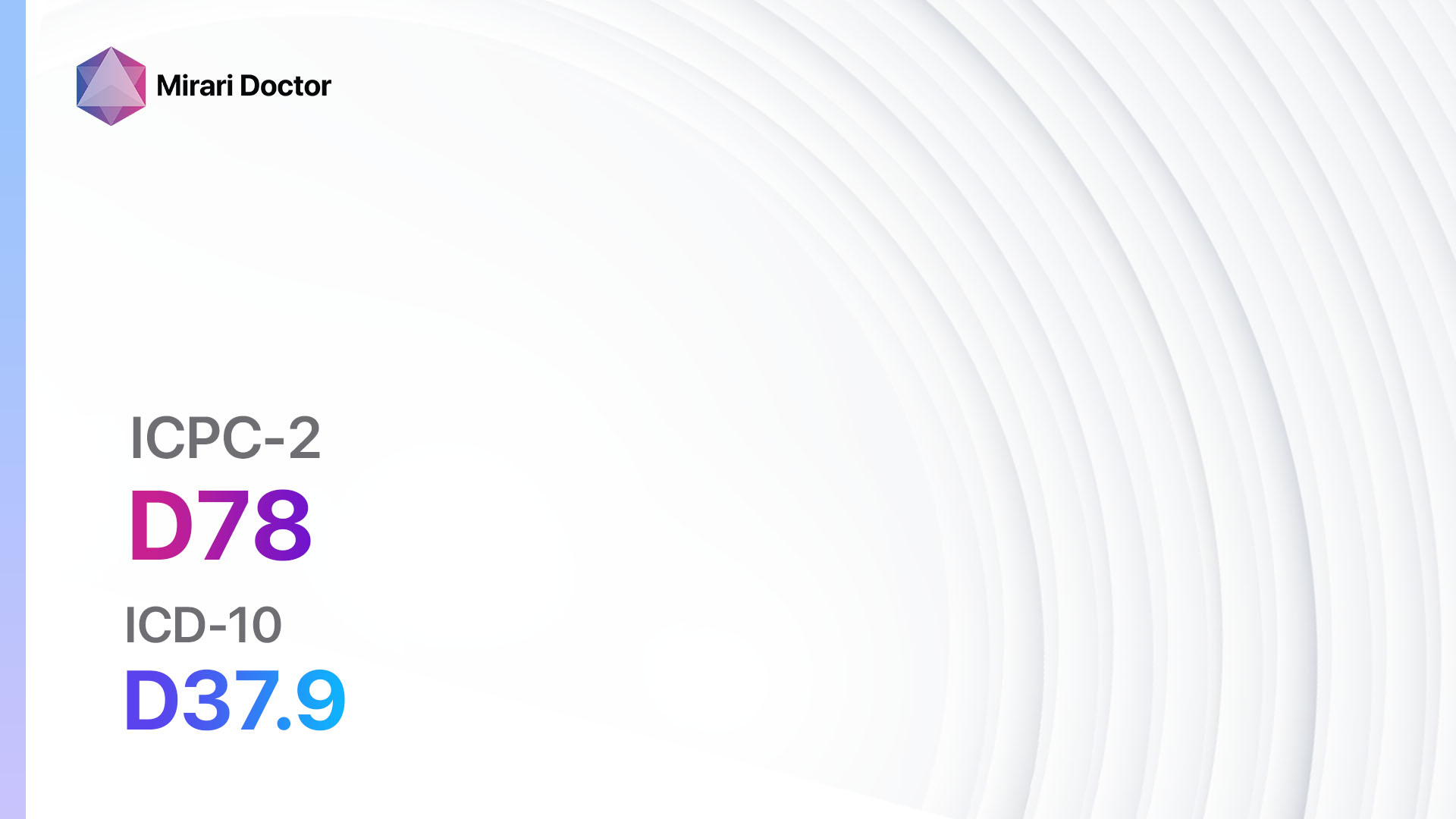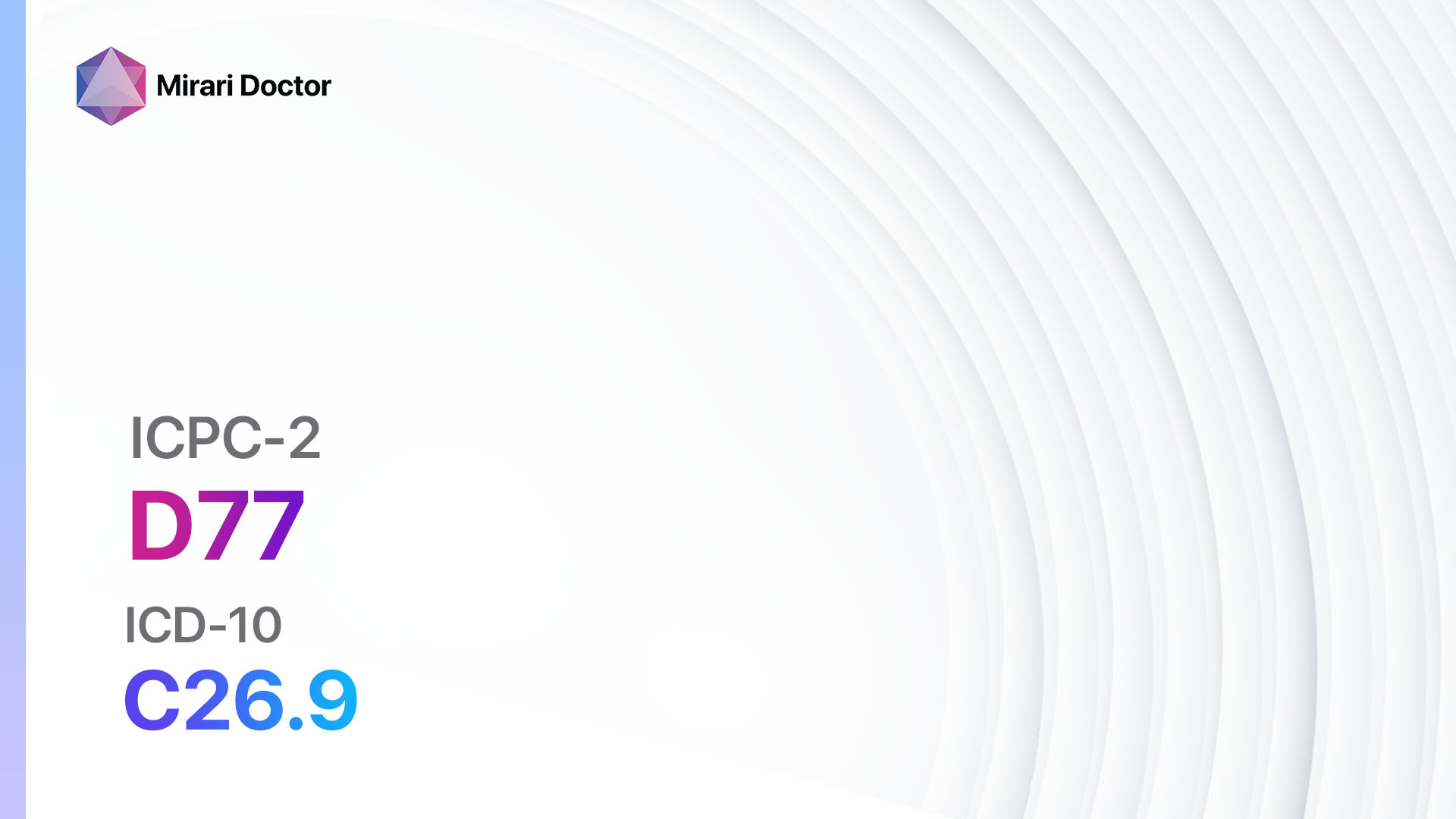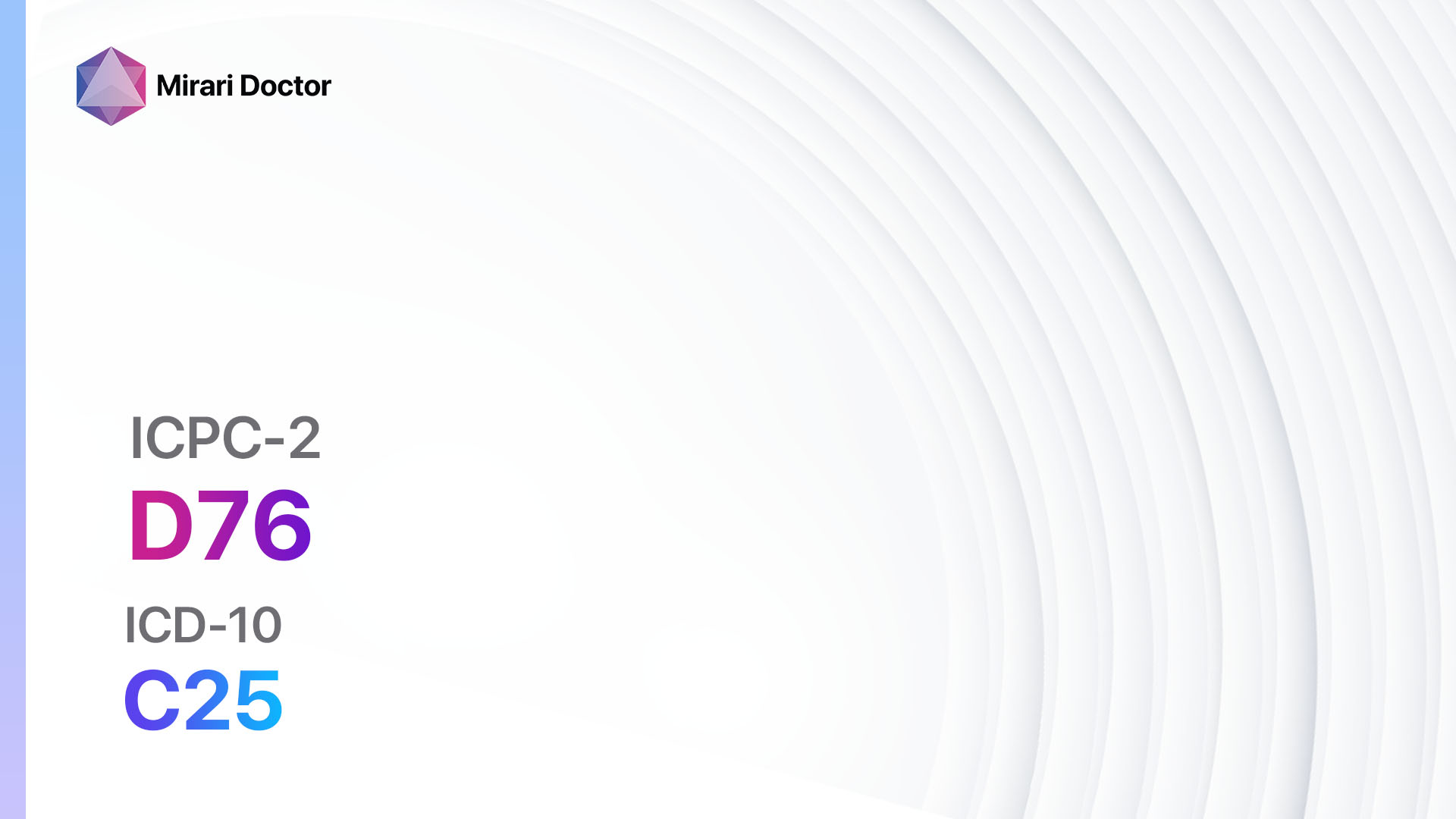
Introduction
Swallowing problems, also known as dysphagia, can significantly impact a person’s ability to eat, drink, and maintain proper nutrition[1]. It can lead to complications such as malnutrition, dehydration, and aspiration pneumonia[2]. The aim of this guide is to provide a comprehensive overview of the symptoms, causes, diagnostic steps, possible interventions, and lifestyle modifications for swallowing problems.
Codes
Symptoms
- Difficulty swallowing solids or liquids
- Sensation of food getting stuck in the throat or chest
- Coughing or choking during or after eating or drinking
- Regurgitation of food or liquids
- Pain or discomfort while swallowing
- Weight loss or malnutrition[5]
Causes
- Neurological disorders such as stroke, Parkinson’s disease, or multiple sclerosis
- Structural abnormalities in the throat or esophagus
- Gastroesophageal reflux disease (GERD)
- Esophageal strictures or narrowing
- Tumors or growths in the throat or esophagus
- Medications that can cause dry mouth or muscle weakness[6]
Diagnostic Steps
Medical History
- Gather information about the patient’s symptoms, including the duration, severity, and any associated factors.
- Identify any underlying medical conditions or risk factors that may contribute to swallowing problems.
- Ask about the patient’s diet and any recent changes in eating habits.
Physical Examination
- Examine the throat and oral cavity for any visible abnormalities or signs of inflammation.
- Assess the patient’s ability to swallow by observing their swallowing reflex and listening for any abnormal sounds.
- Check for any muscle weakness or neurological deficits that may affect swallowing.
Laboratory Tests
- Blood tests to check for signs of infection, inflammation, or nutritional deficiencies.
- Swallowing studies, such as a modified barium swallow or videofluoroscopy, to evaluate the movement of food and liquids through the throat and esophagus.
- Esophageal manometry to measure the pressure and coordination of the muscles involved in swallowing.[7]
Diagnostic Imaging
- X-rays of the throat and esophagus to identify any structural abnormalities or blockages.
- CT scans or MRIs to obtain detailed images of the throat and esophagus.
- Endoscopy to visualize the inside of the throat and esophagus using a flexible tube with a camera.[8]
Other Tests
- pH monitoring to assess for acid reflux and determine if it is contributing to swallowing problems.
- Biopsy of any suspicious growths or tumors found during imaging or endoscopy.
Follow-up and Patient Education
- Schedule regular follow-up appointments to monitor the patient’s progress and adjust treatment as needed.
- Provide education on dietary modifications, swallowing techniques, and strategies to prevent aspiration.
- Refer the patient to a speech therapist or swallowing specialist for further evaluation and therapy.[9]
Possible Interventions
Traditional Interventions
Medications:
Top 5 drugs for swallowing problems:
- Proton pump inhibitors (e.g., Omeprazole, Esomeprazole):
- Cost: Generic versions can be $10-$50/month.
- Contraindications: Hypersensitivity to the medication.
- Side effects: Headache, diarrhea, abdominal pain.
- Severe side effects: Increased risk of fractures, Clostridium difficile infection.
- Drug interactions: Warfarin, clopidogrel, methotrexate.
- Warning: Long-term use may increase the risk of certain nutrient deficiencies.
- Muscle relaxants (e.g., Baclofen, Diazepam):
- Cost: Generic versions can be $10-$50/month.
- Contraindications: Hypersensitivity to the medication, history of substance abuse.
- Side effects: Drowsiness, dizziness, muscle weakness.
- Severe side effects: Respiratory depression, dependence.
- Drug interactions: Alcohol, opioids, sedatives.
- Warning: May cause drowsiness, avoid activities requiring mental alertness.
- Antacids (e.g., Aluminum hydroxide, Calcium carbonate):
- Cost: Generic versions can be $5-$20/month.
- Contraindications: Hypersensitivity to the medication, severe kidney disease.
- Side effects: Constipation, diarrhea, stomach cramps.
- Severe side effects: Kidney stones, electrolyte imbalances.
- Drug interactions: Tetracycline antibiotics, iron supplements.
- Warning: Long-term use may interfere with the absorption of certain medications.
- Prokinetic agents (e.g., Metoclopramide, Domperidone):
- Cost: Generic versions can be $10-$50/month.
- Contraindications: Hypersensitivity to the medication, gastrointestinal bleeding.
- Side effects: Restlessness, drowsiness, diarrhea.
- Severe side effects: Tardive dyskinesia, neuroleptic malignant syndrome.
- Drug interactions: Antipsychotics, antidepressants, opioids.
- Warning: Long-term use may increase the risk of movement disorders.
- Antidepressants (e.g., Amitriptyline, Nortriptyline):
- Cost: Generic versions can be $10-$50/month.
- Contraindications: Hypersensitivity to the medication, recent heart attack.
- Side effects: Dry mouth, drowsiness, constipation.
- Severe side effects: Increased risk of suicidal thoughts, serotonin syndrome.
- Drug interactions: Monoamine oxidase inhibitors, anticoagulants.
- Warning: May take several weeks to achieve full therapeutic effect.
Alternative Drugs:
- Baclofen (muscle relaxant): Can help reduce muscle spasms and improve swallowing. Cost: $10-$50/month.
- Gabapentin (anticonvulsant): May help alleviate neuropathic pain associated with swallowing problems. Cost: $10-$50/month.
- Botox injections (botulinum toxin): Can be used to relax the muscles in the throat and improve swallowing. Cost: $500-$1000 per treatment.
- Tricyclic antidepressants (e.g., Imipramine, Desipramine): Can help reduce pain and improve swallowing. Cost: $10-$50/month.
- Dopamine agonists (e.g., Pramipexole, Ropinirole): May improve muscle coordination and swallowing. Cost: $10-$50/month.
Surgical Procedures:
- Esophageal dilation: Widening of the esophagus using a balloon or dilators to improve swallowing. Cost: $500-$2000 per procedure.
- Fundoplication: Surgical procedure to reinforce the lower esophageal sphincter and prevent acid reflux. Cost: $10,000-$20,000.
- Esophageal myotomy: Surgical cutting of the muscles in the esophagus to improve swallowing. Cost: $10,000-$20,000.
- Esophageal diverticulectomy: Removal of a diverticulum in the esophagus that may be causing swallowing difficulties. Cost: $10,000-$20,000.
- Esophageal reconstruction: Surgical reconstruction of the esophagus using a segment of the patient’s own intestine. Cost: $20,000-$50,000.
Alternative Interventions
- Speech therapy: Exercises and techniques to improve swallowing function. Cost: $100-$200 per session.
- Acupuncture: May help improve muscle coordination and reduce pain. Cost: $60-$120 per session.
- Chiropractic care: Manipulation of the spine and neck to improve nerve function and muscle coordination. Cost: $50-$100 per session.
- Herbal supplements: Some herbs, such as slippery elm or marshmallow root, may help soothe the throat and improve swallowing. Cost: Varies depending on the specific supplement.
- Yoga and meditation: Can help reduce stress and promote relaxation, which may improve swallowing function. Cost: $10-$20 per session.
Lifestyle Interventions
- Dietary modifications: Soft or pureed foods, thickened liquids, and smaller, more frequent meals can make swallowing easier. Cost: Varies depending on the specific dietary needs.
- Posture adjustments: Sitting upright and maintaining good posture while eating can help prevent choking and improve swallowing. Cost: None.
- Swallowing techniques: Techniques such as the chin tuck or head tilt can help facilitate swallowing. Cost: None.
- Avoiding triggers: Avoiding foods or drinks that worsen symptoms, such as spicy or acidic foods, can help improve swallowing. Cost: None.
- Smoking cessation: Quitting smoking can reduce the risk of throat and esophageal cancer, which can contribute to swallowing problems. Cost: Varies depending on the method used for smoking cessation.
It is important to note that the cost ranges provided are approximate and may vary depending on the location and availability of the interventions. It is recommended to consult with a healthcare professional for personalized treatment options and cost estimates.
Mirari Cold Plasma Alternative Intervention
Understanding Mirari Cold Plasma
- Safe and Non-Invasive Treatment: Mirari Cold Plasma is a safe and non-invasive treatment option for various skin conditions. It does not require incisions, minimizing the risk of scarring, bleeding, or tissue damage.
- Efficient Extraction of Foreign Bodies: Mirari Cold Plasma facilitates the removal of foreign bodies from the skin by degrading and dissociating organic matter, allowing easier access and extraction.
- Pain Reduction and Comfort: Mirari Cold Plasma has a local analgesic effect, providing pain relief during the treatment, making it more comfortable for the patient.
- Reduced Risk of Infection: Mirari Cold Plasma has antimicrobial properties, effectively killing bacteria and reducing the risk of infection.
- Accelerated Healing and Minimal Scarring: Mirari Cold Plasma stimulates wound healing and tissue regeneration, reducing healing time and minimizing the formation of scars.
Mirari Cold Plasma Prescription
Video instructions for using Mirari Cold Plasma Device – D21 Swallowing problem (ICD-10:R13)
| Mild | Moderate | Severe |
| Mode setting: 1 (Infection) Location: 6 (Throat, Lymphatic & Thyroid) Morning: 15 minutes, Evening: 15 minutes | Mode setting: 1 (Infection) Location: 6 (Throat, Lymphatic & Thyroid) Morning: 30 minutes, Lunch: 30 minutes, Evening: 30 minutes | Mode setting: 1 (Infection) Location: 6 (Throat, Lymphatic & Thyroid) Morning: 30 minutes, Lunch: 30 minutes, Evening: 30 minutes |
| Mode setting: 3 (Antiviral Therapy) Location: 6 (Throat, Lymphatic & Thyroid) Morning: 15 minutes, Evening: 15 minutes | Mode setting: 3 (Antiviral Therapy) Location: 6 (Throat, Lymphatic & Thyroid) Morning: 30 minutes, Lunch: 30 minutes, Evening: 30 minutes | Mode setting: 3 (Antiviral Therapy) Location: 6 (Throat, Lymphatic & Thyroid) Morning: 30 minutes, Lunch: 30 minutes, Evening: 30 minutes |
| Mode setting: 3 (Antiviral Therapy) Location: 0 (Localized) Morning: 15 minutes, Evening: 15 minutes | Mode setting: 3 (Antiviral Therapy) Location: 0 (Localized) Morning: 30 minutes, Lunch: 30 minutes, Evening: 30 minutes | Mode setting: 3 (Antiviral Therapy) Location: 0 (Localized) Morning: 30 minutes, Lunch: 30 minutes, Evening: 30 minutes |
| Total Morning: 45 minutes approx. $7.50 USD, Evening: 45 minutes approx. $7.50 USD | Total Morning: 90 minutes approx. $15 USD, Lunch: 90 minutes approx. $15 USD, Evening: 90 minutes approx. $15 USD, | Total Morning: 90 minutes approx. $15 USD, Lunch: 90 minutes approx. $15 USD, Evening: 90 minutes approx. $15 USD, |
| Usual treatment for 7-60 days approx. $105 USD – $900 USD | Usual treatment for 6-8 weeks approx. $1,890USD – $2,520 USD | Usual treatment for 3-6 months approx. $4,050 USD – $8,100 USD |
 |
|
Use the Mirari Cold Plasma device to treat Swallowing problem effectively.
WARNING: MIRARI COLD PLASMA IS DESIGNED FOR THE HUMAN BODY WITHOUT ANY ARTIFICIAL OR THIRD PARTY PRODUCTS. USE OF OTHER PRODUCTS IN COMBINATION WITH MIRARI COLD PLASMA MAY CAUSE UNPREDICTABLE EFFECTS, HARM OR INJURY. PLEASE CONSULT A MEDICAL PROFESSIONAL BEFORE COMBINING ANY OTHER PRODUCTS WITH USE OF MIRARI[10].
Step 1: Cleanse the Skin
- Start by cleaning the affected area of the skin with a gentle cleanser or mild soap and water. Gently pat the area dry with a clean towel.
Step 2: Prepare the Mirari Cold Plasma device
- Ensure that the Mirari Cold Plasma device is fully charged or has fresh batteries as per the manufacturer’s instructions. Make sure the device is clean and in good working condition.
- Switch on the Mirari device using the power button or by following the specific instructions provided with the device.
- Some Mirari devices may have adjustable settings for intensity or treatment duration. Follow the manufacturer’s instructions to select the appropriate settings based on your needs and the recommended guidelines.
Step 3: Apply the Device
- Place the Mirari device in direct contact with the affected area of the skin. Gently glide or hold the device over the skin surface, ensuring even coverage of the area experiencing.
- Slowly move the Mirari device in a circular motion or follow a specific pattern as indicated in the user manual. This helps ensure thorough treatment coverage.
Step 4: Monitor and Assess:
- Keep track of your progress and evaluate the effectiveness of the Mirari device in managing your Swallowing problem. If you have any concerns or notice any adverse reactions, consult with your health care professional.
Note
This guide is for informational purposes only and should not replace the advice of a medical professional. Always consult with your healthcare provider or a qualified medical professional for personal advice, diagnosis, or treatment. Do not solely rely on the information presented here for decisions about your health. Use of this information is at your own risk. The authors of this guide, nor any associated entities or platforms, are not responsible for any potential adverse effects or outcomes based on the content.
Mirari Cold Plasma System Disclaimer
- Purpose: The Mirari Cold Plasma System is a Class 2 medical device designed for use by trained healthcare professionals. It is registered for use in Thailand and Vietnam. It is not intended for use outside of these locations.
- Informational Use: The content and information provided with the device are for educational and informational purposes only. They are not a substitute for professional medical advice or care.
- Variable Outcomes: While the device is approved for specific uses, individual outcomes can differ. We do not assert or guarantee specific medical outcomes.
- Consultation: Prior to utilizing the device or making decisions based on its content, it is essential to consult with a Certified Mirari Tele-Therapist and your medical healthcare provider regarding specific protocols.
- Liability: By using this device, users are acknowledging and accepting all potential risks. Neither the manufacturer nor the distributor will be held accountable for any adverse reactions, injuries, or damages stemming from its use.
- Geographical Availability: This device has received approval for designated purposes by the Thai and Vietnam FDA. As of now, outside of Thailand and Vietnam, the Mirari Cold Plasma System is not available for purchase or use.
References
- Cichero, J. A. (2018). Dysphagia. Journal of Gastroenterology and Hepatology, 33, 1-5.
- Smithard, D. G. (2016). Dysphagia: A Geriatric Giant?. Medical Clinics, 100(5), 925-934.
- WONCA International Classification Committee. (1998). ICPC-2: International classification of primary care. Oxford University Press, USA.
- World Health Organization. (2019). International statistical classification of diseases and related health problems (11th ed.).
- Sura, L., Madhavan, A., Carnaby, G., & Crary, M. A. (2012). Dysphagia in the elderly: management and nutritional considerations. Clinical interventions in aging, 7, 287.
- Aslam, M., & Vaezi, M. F. (2013). Dysphagia in the elderly. Gastroenterology & hepatology, 9(12), 784.
- Speyer, R. (2013). Oropharyngeal dysphagia: screening and assessment. Otolaryngologic Clinics of North America, 46(6), 989-1008.
- Pasha, S. F., Acosta, R. D., Chandrasekhara, V., Chathadi, K. V., Decker, G. A., Early, D. S., … & Lightdale, J. R. (2014). The role of endoscopy in the evaluation and management of dysphagia. Gastrointestinal endoscopy, 79(2), 191-201.
- Clavé, P., & Shaker, R. (2015). Dysphagia: current reality and scope of the problem. Nature Reviews Gastroenterology & Hepatology, 12(5), 259-270.
- Pauloski, Barbara R., PhD, CCC-SP (2008). Rehabilitation of Dysphagia Following Head and Neck Cancer. DOI: 10.1016/j.pmr.2008.05.010
Related articles
Made in USA


